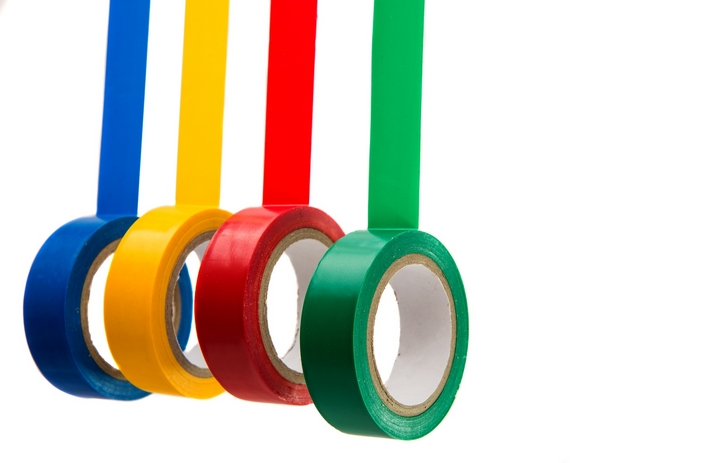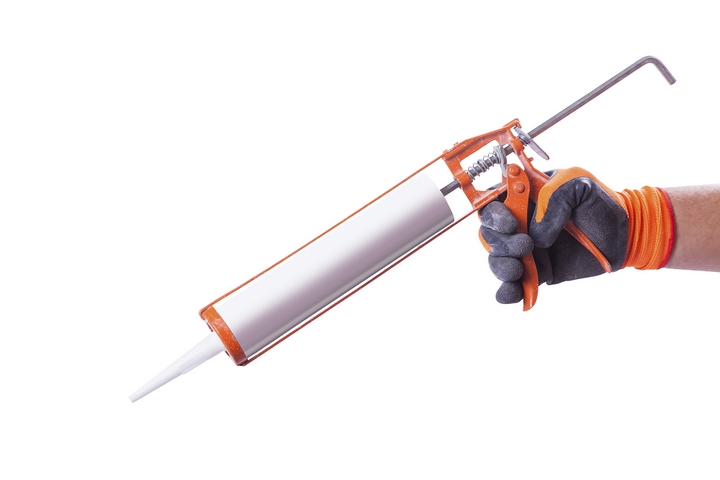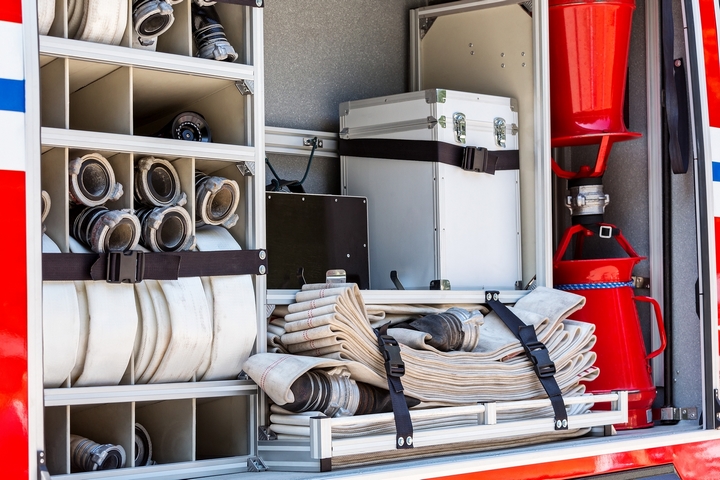Heat resistant materials are products and equipment that can protect people, equipment and instruments from being damaged due to high temperature. You will find heat resistant materials in a variety of places from inside stoves and ovens to car parts, and in manufacturing plants and industrial facilities. Heat resistant materials protect property and people, not just from fire and high heat, but they also reduce the hazard of off-gassing that can occur when wires, cables, and refrigeration lines get overheated.
There are many good reasons to utilize heat resistant materials, at home and in industries that need a high temperatures for their manufacturing processes. There are four basic types of heat resistant materials that you might find in regular use in commercial enterprises and residential units. They all have their own industrial and commercial applications for which they were designed. The main difference between them is the ease of their use and their ability to provide radiant heat protection and high temperature insulation.
Heat resistant materials come in the form of heat resistant tapes, heat resistant sealants, fire blankets, and fire sleeves.
1. Heat resistant tapes

Heat resistant tapes come in a range of sizes that include various widths, lengths, thicknesses, and colors and support many different applications and industrial uses. This includes being used to protect products from both high pressure and high temperatures. Heat resistant tapes can tolerate very high temperatures, up to 1650° Celsius.
They have low shrinking characteristics and low coefficient of expansion and this permits them to provide greater resistance to salt water, chlorine, and even perspiration. Heat resistant tapes have a heavy coating of iron oxide and red silicon rubber and they can be found in high temperature sublimation and heat press processes.
2. Heat resistant sealants

Heat resistant sealants close the gaps between solid sections of a machine to allow for better resistance to high temperature and increased pressure. These products come in liquid foam and cement formulations and are capable of resisting resist temperatures between 315°F and 1500°F (157°C to 816°C). Heat resistant sealants can cure a seal fast and efficiently and you may find them in precise industrial works and plants.
Liquid foam heat resistant sealants seal machined connections and threading while their cement cousins can be used to cover rough surfaces like a manufacturing plant floor. They can also be used to resist chemicals and they help reduce vibration and shock damage in places like a hydro generating station.
3. Heat resistant firesleeves

These type of heat resistant materials are in popular use in industrial and aerospace applications because they can offer resistance to water, oil, flame, and adhesives. Heat resistant firesleeves are capable of resisting temperature up to 540°Celsius.
They work through silicon coated fiberglass sleeves that can work like an insulated sheet. Heat resistant firesleeves come in many different sizes and are also useful in helping to protect cables, wires, hydraulic and industrial hoses. They are relatively inexpensive but effective and you can find them in many industrial facilities that need protection for the people and the property.
4. Heat resistant fire blankets

Heat resistant fire blankets are probably the most popular heat resistant products available. You will find smaller ones in many homes and larger ones in buildings and for industrial use. They really are just sheets of fire resistant material woven together to make a blanket and they work by having them thrown on top of flames to smother a fire. Sometimes heat resistant fire blankets are coated with a flame retardant fluid
to help them become even better at putting out small fires.

